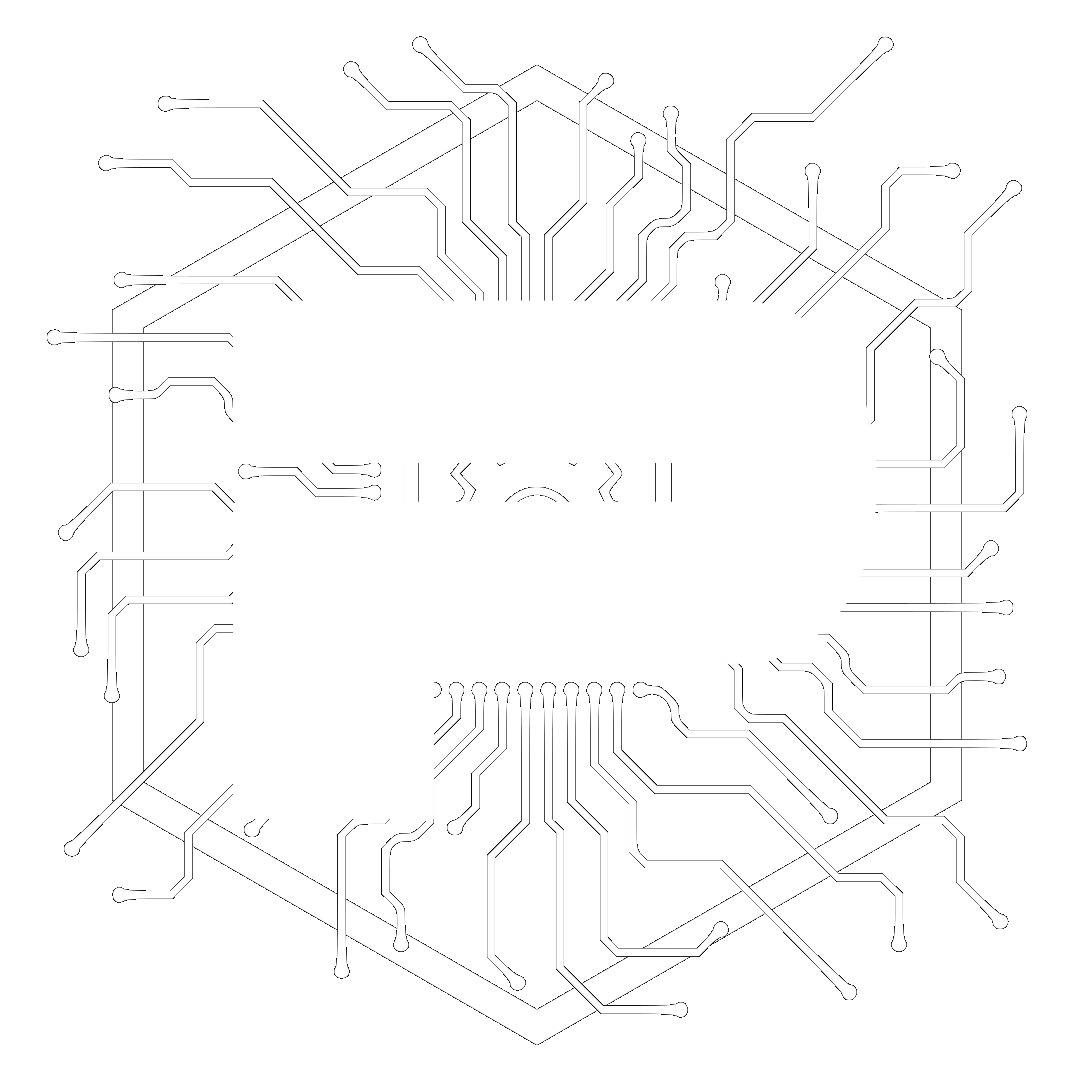The Art of Flow: A Complete History of Wizard Skating
Among the many disciplines of inline skating, one stands apart for its hypnotic, serpentine grace. It is a style that transforms the urban landscape into a canvas for movement by marrying the technical precision of figure skating with the free-flowing soul of surfing. This is Wizard skating.
To the uninitiated, it can look like magic. The skater glides effortlessly through seamless, winding carves and executes intricate footwork with what seems like impossible balance. Its origins, however, are not rooted in magic but in a quiet rebellion. This is the story of how a creative revolt against the hardware of its time gave birth to one of skating’s most beautiful art forms.

Chapter 1: Genesis in a World of Gaps
To grasp the innovation, one must picture the world of aggressive inline skating in the late 1990s and early 2000s. The culture was defined by impact. Its goal was to conquer gaps, grind rails, and spin massive airs. The hardware of the era was purpose-built for this reality, with skates featuring small, hard wheels in a flat or “anti-rocker” configuration. This design was brilliant for creating a stable platform to lock onto ledges, but it was a cage for fluid motion. Turning was often a clunky series of corrective steps rather than a single, clean arc.
Within this landscape, a subculture of skaters felt a different calling. They were less interested in conquering urban architecture and more interested in having a conversation with the pavement itself. They craved the effortless glide of an ice skater and the deep-carving bliss of a snowboarder, but on the streets. The gear of their time was holding them back. Something had to change.
Chapter 2: The Mushroom Blading Revolution
The first definitive answer to this craving emerged from the vibrant Canadian skate scene, a pivotal moment that would become the flashpoint for everything to follow. Led by visionary skaters like Todd  McInerney and Joey McGarry, a project called Mushroom Blading began to gain underground acclaim. Dissatisfied with the mechanical limitations of their frames, they became garage scientists of flow.
McInerney and Joey McGarry, a project called Mushroom Blading began to gain underground acclaim. Dissatisfied with the mechanical limitations of their frames, they became garage scientists of flow.
Their primary innovation was the re-embracing of “rockering.” By placing smaller wheels on the outer axles of a four-wheel frame, they created a curved profile on the wheelbase that mimicked the blade of an ice skate. This seemingly simple modification was, in fact, a paradigm shift. It unlocked a world of continuous, S-shaped carves and impossibly deep edge-to-edge transitions.
 The iconic Mushroom Blading videos became sacred texts for this burgeoning movement. They showcased a style that was hypnotic, snake-like, and profoundly creative. Todd and Joey were not just doing tricks; they were the architects of flow, laying the foundational vocabulary for the art form.
The iconic Mushroom Blading videos became sacred texts for this burgeoning movement. They showcased a style that was hypnotic, snake-like, and profoundly creative. Todd and Joey were not just doing tricks; they were the architects of flow, laying the foundational vocabulary for the art form.
Chapter 3: Leon Basin and the Codification of a Discipline
The movement’s next pivotal chapter was written by Leon Basin, a Vancouver-based skater and the visionary founder of the skate shop Shop Task and, later, Wizard Skates. As a key figure in the Mushroom Blading scene, Leon didn’t just participate in the philosophy. He sought to perfect it. He saw the genius of the rockered setup and dedicated himself to engineering a solution that would eliminate its trade-offs and maximize its potential.

His creation was the now-iconic five-wheel rockered frame. This design was a masterstroke, solving the fundamental conflict between stability and agility. The long wheelbase provided a stable platform, while the meticulously calculated rocker allowed the skate to pivot with incredible precision from its center. This led to the development of the “Progressive Rocker,” which uses larger wheels on the ends and smaller wheels in the middle. This setup extended the skater’s balance points, allowing for the mastery of incredible toe and heel manual variations.
But Leon Basin did more than just create a product. He codified a discipline. Through Wizard Skates, he established a formal vocabulary of movements and promoted a “practice-based” approach. This transformed an experimental style into a global phenomenon. Wizard skating was no longer just a way to ride; it was a system, a path to mastery.
Chapter 4: The Modern Era and the Explosion of Possibilities
Today, the seeds planted by the Mushroom Bladers and cultivated by Leon Basin have blossomed into a global forest. This maturation has naturally sparked an explosion in hardware innovation. The “wizard” style has become a major branch of inline skating, with a thriving international community connected through social media.
Companies like Rockin’ Frames, Endless Blading, and NN Skates have entered the space, each offering their own interpretation of the rockered frame. The market is now a rich ecosystem of four, five, and even six-wheel options, allowing every skater to find their perfect tool for expression.
Wizard skating now stands as a powerful testament to user-driven evolution. It champions personal style over rigid competition and continuous flow over singular moments of impact. It is a vivid reminder that within any sport, new languages of movement are just waiting to be discovered by those willing to challenge the equipment and the assumptions of their time.

 McInerney and Joey McGarry, a project called Mushroom Blading began to gain underground acclaim. Dissatisfied with the mechanical limitations of their frames, they became garage scientists of flow.
McInerney and Joey McGarry, a project called Mushroom Blading began to gain underground acclaim. Dissatisfied with the mechanical limitations of their frames, they became garage scientists of flow.


